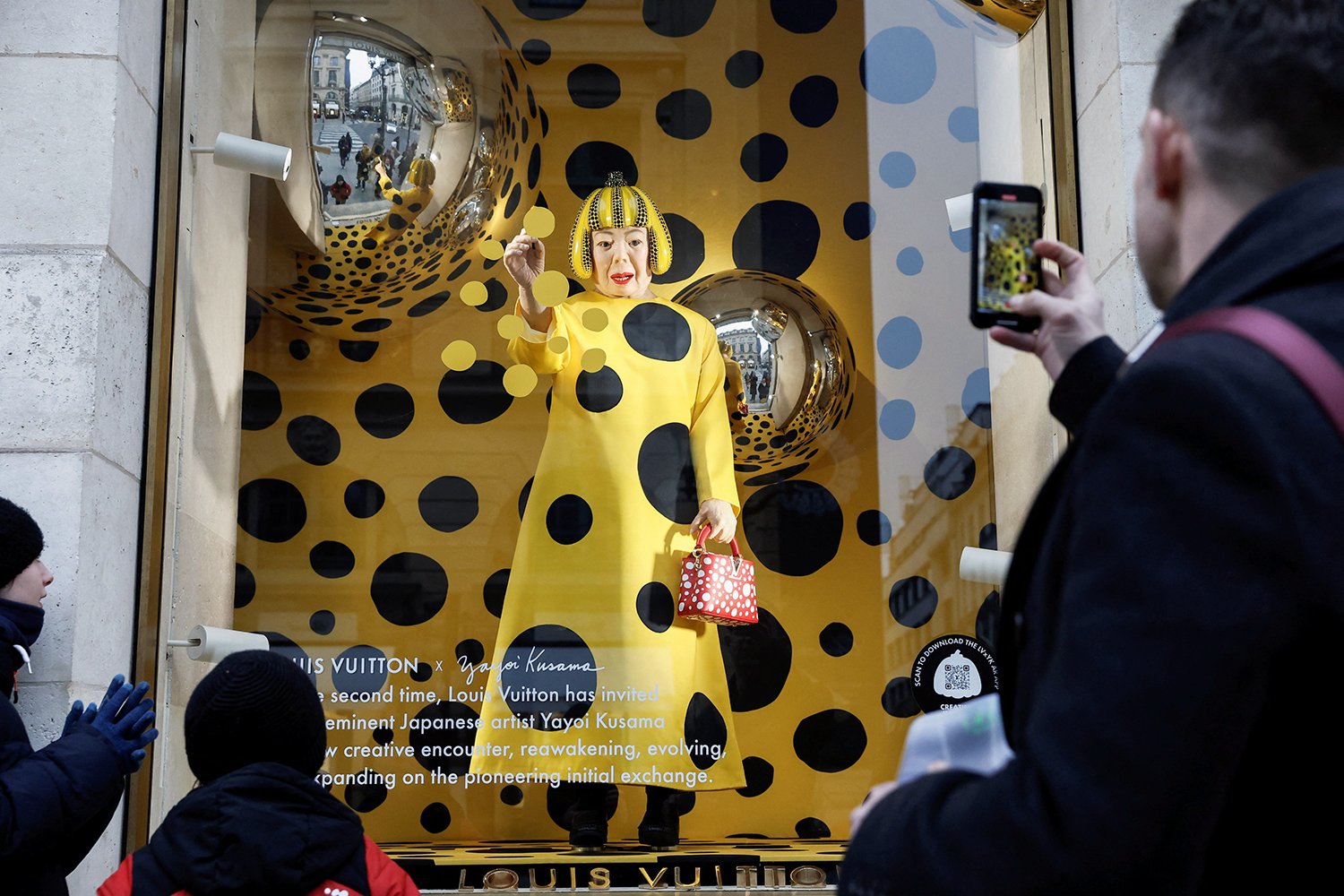About Jaume Plensa: Sculptor of Humanity

The beloved sculptor explores universality and spirituality through the human body.
Cover photo: Echo, polyester resin and marble dust, by Jaume Plensa, Madison Square Park, New York City, New York, United States (2011). Photo by Dan Nguyen and via Flickr (color-corrected).
Happy birthday to Spanish artist Jaume Plensa! He was born on August 23rd, 1955, in Barcelona, Spain, 66 years ago today. The beloved sculptor’s work can be found in cities across the world, drawing upon themes of peace, light, and meditation.
Plensa is best known for his 2004 installation, Crown Fountain, a public commission for Chicago’s Millennium Park. Two towers of LED screens sit in a shallow pool; faces alternate on the screens as water pours out of the mouths. To create the project, Plensa and his team took four years to film the faces of 1000 people living in the city.
States Plensa, “Society is a permanent community that is fluid, like water.” He found inspiration in the European tradition of gargoyles: “In Medieval times all these fountains would have grotesque faces spitting water from their mouths. For me it was something that I wanted to return to the public space, but with real people within it now.” He concludes, “technology today allow[s] me to make new divinities from anonymous people”.
Plensa’s sculptures originate with real people. Faces are captured with a laser scanner and manipulated with computer modeling software. For instance, Echo is based on the daughter of a man who runs a Chinese restaurant near Plensa’s studio.
President of the Madison Square Park Conservancy, Debbie Landau, lauds Plensa’s work as “a radically new kind of public monument to the everyperson”. By focusing on the body, Plensa is able to achieve universality and, with alterations through computer software, his work “loses the journalistic sense of portrait to become an icon.”
“I love this kind of elongation because it gives a certain spirituality to the person.” According to Plensa, “the human body [is] this fantastic container of dreams.” Plensa’s sculptures serve as mirrors to the human condition. He proclaims, “every one of my projects [create a] … place where you can listen again [to] your own words and your own heart.”
“I grew up in a family obsessed about books. My father, he was always buying books and reading and reading,” recalls Plensa. He frequently incorporates text into his practice, such as Spiegel I & II in Yorkshire Sculpture Park. Plensa states, “These alphabets [are] from different cultures, all working together, create an amazing and dynamic effect of beauty. That’s a very positive message to the world: how well we are when we are together.”
Global cooperation is a key facet of Plensa’s production. To create his projects, Plensa and his team collaborate with manufacturers around the globe. He states, “I blow glass in Murano, white marble is from southern Spain, alabaster is near Saragossa.”
Plensa’s art can be found across North America, Europe, and Asia. He notes, “I should say that art is always public. So when I hear the phrase “public art”, I don’t get it. I understand art in public spaces.” Plensa affirms, “I love art in public spaces very much because I love people”.











